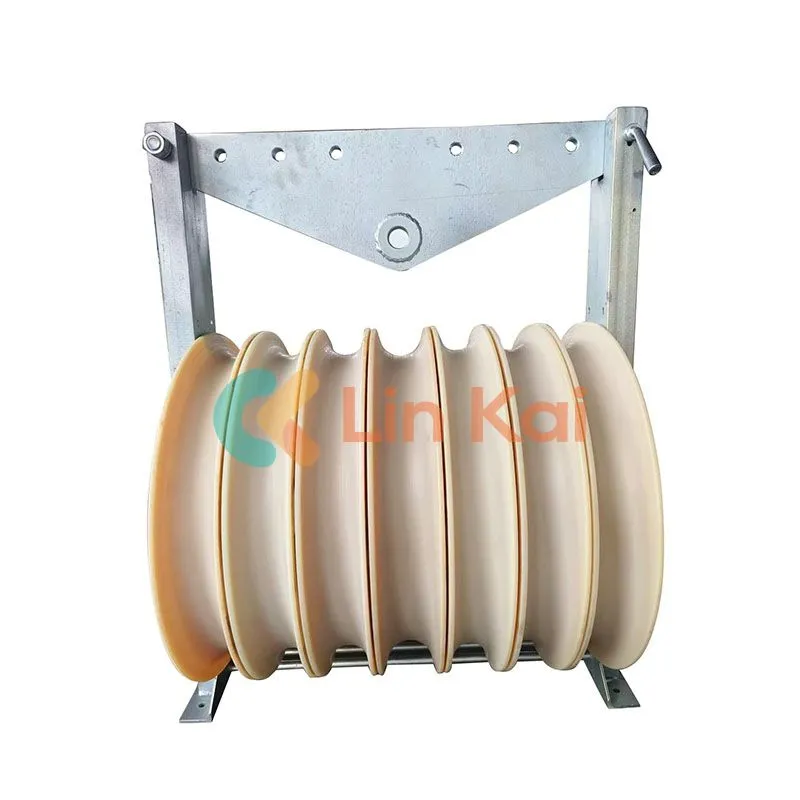What is the weight capacity of typical Stringing Blocks?
2024-11-20
The weight capacity of stringing blocks varies significantly depending on their design, materials, and intended application. These tools are engineered to support heavy loads during the installation of cables and conductors, particularly in the power transmission and construction industries. Below are typical weight capacities and the factors that influence them:
1. Typical Weight Capacities
- Small Stringing Blocks:
- Designed for lighter tasks, such as pulling small conductors or ropes.
- Weight capacity: 1-3 tons (2,000–6,000 lbs).
- Medium Stringing Blocks:
- Used for standard power line installations and pulling medium-sized cables.
- Weight capacity: 5-10 tons (10,000–20,000 lbs).
- Large Stringing Blocks:
- Built for heavy-duty applications, including large transmission conductors or bundled conductors.
- Weight capacity: 10-20+ tons (20,000–40,000+ lbs).
2. Factors Influencing Weight Capacity
1. Pulley Material:
- Aluminum Alloy: Lightweight and durable, commonly used in standard applications.
- Steel: Heavy-duty, preferred for extreme loads and rugged environments.

2. Pulley Diameter:
- Larger diameters can support higher loads and reduce wear on cables or conductors.
3. Frame Construction:
- Reinforced Steel Frames: Provide higher load capacities.
- Aluminum Frames: Offer a balance between strength and lightweight design.
4. Number of Sheaves:
- Multiple sheave blocks distribute load more effectively and increase weight capacity.
5. Bearings:
- High-quality bearings reduce friction, allowing the block to handle greater loads efficiently.
3. Safety Considerations
- Rated Capacity: Always refer to the manufacturer's specifications for the maximum safe working load (SWL) or working load limit (WLL).
- Load Factors: The weight capacity may vary depending on the angle of the pull, the type of cable or conductor, and the operating conditions.
- Safety Margin: Adhere to a safety factor (often 4:1 or higher) to avoid exceeding the block's load limits.
4. Applications and Corresponding Capacities
- Electrical Distribution Lines: Typically use blocks with capacities of 5-10 tons.
- High-Voltage Transmission Lines: May require blocks with capacities of 10-20+ tons due to larger and bundled conductors.
- Construction and Rigging: Capacities vary widely based on the project but often range from 3-10 tons.
Conclusion
The weight capacity of stringing blocks depends on their size, design, and materials, typically ranging from 1 to 20+ tons. Always select blocks with an appropriate capacity for your specific application and adhere to safety guidelines to ensure efficient and secure operations.


